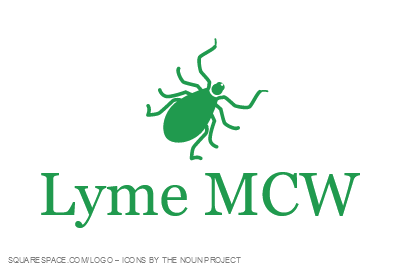Transmission
In rare cases, Ehrlichia species have been spread through organ transplant and blood transfusion. In fact, E. chaffeensis has been shown to survive for more than a week in refrigerated blood. However, blood products are not routinely screened for the presence of Ehrlichia species. Additionally, as with Ixodes ticks, the lone star tick is known to transmit several other pathogens in certain geographic areas, which presents the possibility of co-infection. These diseases include Heartland virus, tularemia, southern tick-associated rash illness (STARI), and Bourbon virus (CDC 2018).
Clinical Features
Symptoms of E. ewingii and E. muris eauclairensis infections are similar to those of E. chaffeensis, although typically less severe. Gastrointestinal symptoms are less common in patients with E. ewingii ehrlichiosis and rash is infrequently described in cases of E. muris eauclairensis. To date, neither E. ewingii nor E. muris eauclairensis infections have been associated with fatalities. Advanced ehrlichiosis may also be confused clinically with non-tickborne illnesses such as meningoencephalitis, sepsis, toxic shock syndrome, gastroenteritis, hepatitis, and blood malignancies (CDC 2018).
Treatment
When treated with doxycycline, fever generally subsides within 24-48 hours. Lack of a clinical response to doxycycline suggests that the patient’s condition might not be due to ehrlichiosis, or might be caused by other infections not responsive to doxycycline. However, resistance to doxycycline or relapses in symptoms after the completion of treatment have not been documented (CDC 2018).
Sources
CDC 2018 (“Information for Healthcare Providers”): https://www.cdc.gov/ehrlichiosis/healthcare-providers/index.html
